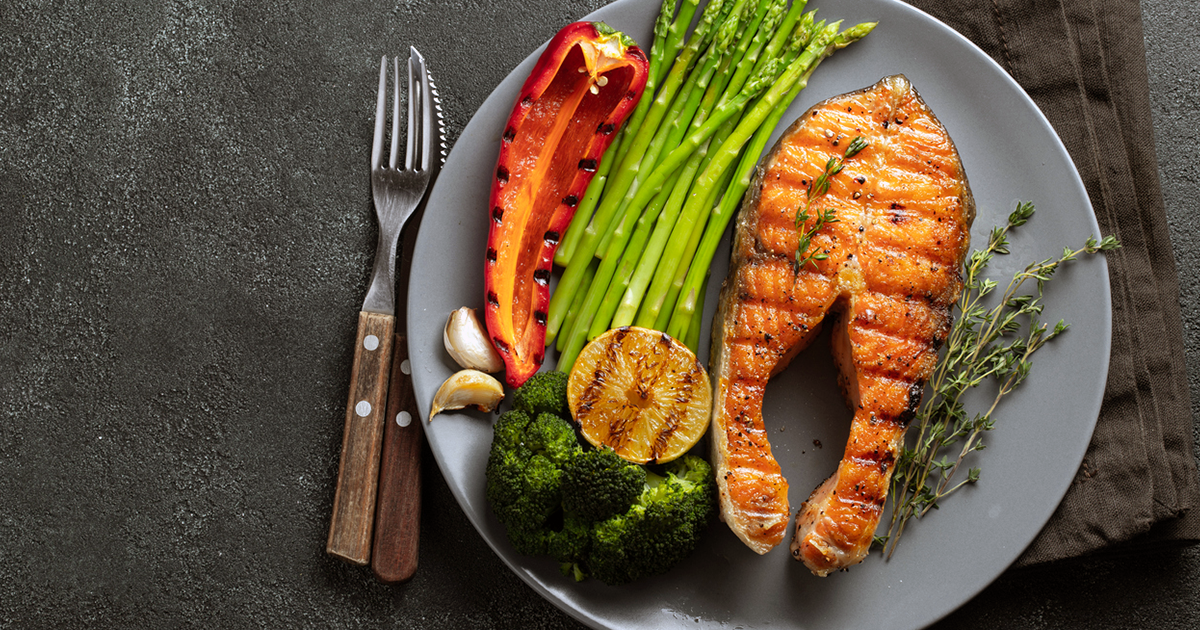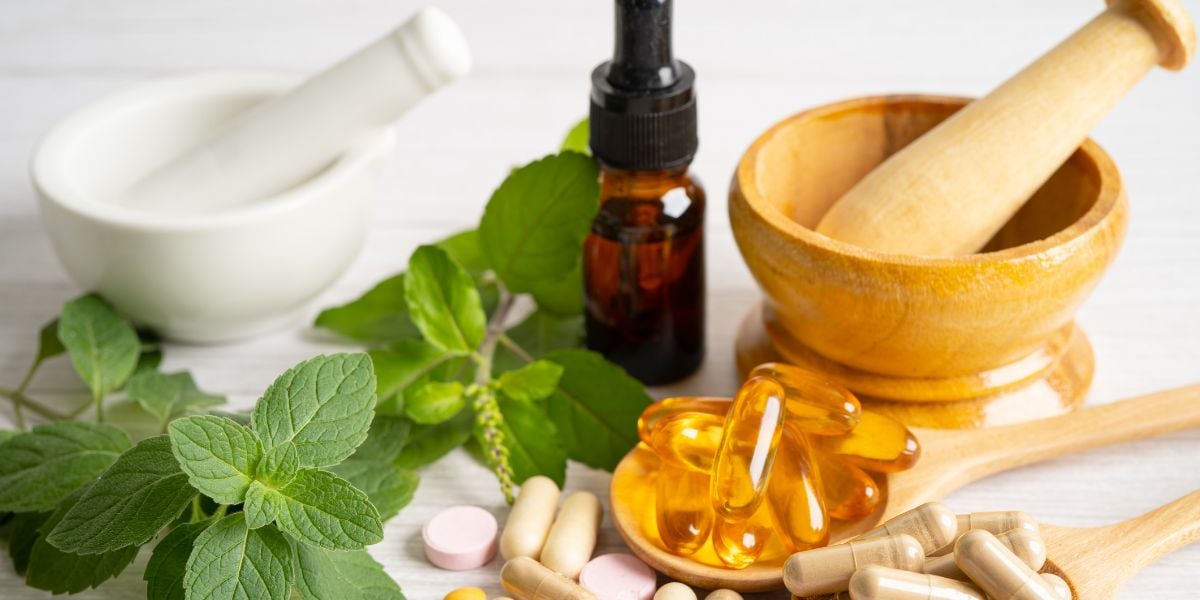When followed well, a ketogenic diet is a very nutritious diet. It should be based around real foods with a strong vegetable intake, particularly leafy greens.
The aim of ketogenic diets is to allow ketosis to happen through the day. Ketosis is the process of burning body fat for energy and, for this to happen, insulin levels in the body need to be low.
So, by sticking to foods that won’t cause a surge of insulin, you give your body a chance to go into ketosis and burn body fat.
What does a ketogenic diet plan look like?
The content of the diet will vary, depending on an individual’s goals, personal health and financial situation. But, the focus should invariably be on eating nutritious minimally processed, real foods.
A ketogenic diet will usually be:
- Low carbohydrate
- Moderate protein
- High fat
The challenge can sometimes be to get enough fat without having too much protein.
Energy balance
Whilst there are different ways to follow a ketogenic diet, the following is a good guide for people with diabetes, looking to control their sugar levels and lose weight.
This will determine the nutrient density of the ketogenic diet as well as how to follow it, as different foods will have different effects on insulin and blood sugar levels.
Carbohydrate
Carbohydrate intake should be low. Usually carbohydrate intake will be under 50g per day to maintain ketosis.
Some people may restrict themselves to under 30g of carbs per day to maximize the chance of maintaining in ketosis through the day.
Protein
Protein intake should be moderate at around 40 to 50g per day for women and around 50 to 60g of protein for men.
These are rough guidelines. If you are struggling to lose weight, despite having very little carbohydrate, the next step to look at is whether you are having too much protein. Note that foods such as cheese and nuts have significant protein in that some people may miss.
Fat
Fat is generally free to have on a ketogenic diet, within reason. You can afford to have a good amount of fat on a ketogenic diet, except it’s advisable not to snack between meals on a ketogenic diet.
Low-carb veggies
We’ll start with vegetables as research shows that all truly healthy diets share one thing in common, they have a good foundation of vegetables to provide a range of nutrients. [209]
Aim to eat vegetables at every meal. Vegetables are also a great way to get more fat into the diet with, for example, high-fat salad dressings, avocado, nuts, olive oil or butter.
People following a stricter ketogenic diet can limit their vegetable intake to those containing less a very-low-carbohydrate content, such as leafy greens, tomatoes, asparagus and broccoli.
Watch out for starchy root vegetables such as any form of potato, parsnips and beetroot.
150g of boiled broccoli ( non-starchy vegetable ) contains about 5g of carbohydrate whereas 150g of boiled sweetcorn (starchy vegetable) contains 30g of carbs.
Meat and eggs
You’re good to have meat on a ketogenic diet and this includes fatty meat such as pork belly, lamb and poultry with the skin on. This is good news for the taste buds as fat helps to add a lot of flavour.
Eggs are a staple for most ketogenic dieters. They’re low in carbohydrate, filling, a good source of protein and very versatile.
Note that it is possible to come out of ketosis if you’re having a large amount of protein. This is because a high protein intake can cause the liver to convert the protein into glucose – a process known as gluconeogenesis.
For this reason, try to keep your intake of meat to a moderate level.
Fish
Fish provides a good source of protein and oily fish, such as mackerel, salmon, tuna, sardines, trout or herring, contains essential omega-3 fatty acids.
The consumption of significant amounts of fatty fish is widely advocated for heart health and longevity.
Dairy products
Dairy products are a strong source of fat so are another staple of ketogenic diets.
People going onto a ketogenic diet after coming from a low-fat diet will be pleased to know that cream and full fat dairy are back on the menu.
Avoid low-fat dairy as this is has no benefit for people on a ketogenic diet.
Note that some dairy, such as milk and yoghurt, will have some carbohydrate, in the form of lactose, and very-low-carb dairy such as cheese has a significant amount of protein.
Where possible pick butter that comes from grass fed cows. Grass-fed butter is higher than grain-fed butter in omega-3 fatty acids, CLA, beta-carotene, vitamin A, vitamin K, vitamin D, vitamin E than non-grass fed butter.
Grass-fed butter is also high in butyrate, a short-chain fatty acid that can both prevent and decrease inflammation. It has also shown some benefits to protect against mental illness, improve body composition, increase metabolism , and improve gut health.
Avoid margarine as this is a form of processed food.
Nuts and seeds
Nuts and seeds are high in fat, low in carbs and have moderate protein and so match the energy requirements of a ketogenic diet very well. Nuts and seeds are also a good source of dietary fibre and magnesium.
Whilst nuts are generally a good choice, it is possible to overeat nuts and seeds if you graze on them through the day. Choose unsalted nuts as salted nuts can become addictive and lead to overeating.
The nutrient content of nuts and seeds can vary. Whilst Brazil nuts, macadamias, flax seeds, walnuts, almonds and hazelnuts are low in carbohydrate, other nuts, such as cashews, have significantly higher carbohydrate content.




